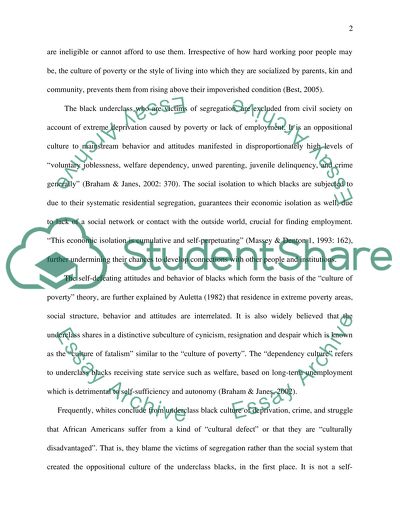Cite this document
(“Impact of the Culture of Poverty Essay Example | Topics and Well Written Essays - 1250 words”, n.d.)
Impact of the Culture of Poverty Essay Example | Topics and Well Written Essays - 1250 words. Retrieved from https://studentshare.org/sociology/1550289-sociology-essay
Impact of the Culture of Poverty Essay Example | Topics and Well Written Essays - 1250 words. Retrieved from https://studentshare.org/sociology/1550289-sociology-essay
(Impact of the Culture of Poverty Essay Example | Topics and Well Written Essays - 1250 Words)
Impact of the Culture of Poverty Essay Example | Topics and Well Written Essays - 1250 Words. https://studentshare.org/sociology/1550289-sociology-essay.
Impact of the Culture of Poverty Essay Example | Topics and Well Written Essays - 1250 Words. https://studentshare.org/sociology/1550289-sociology-essay.
“Impact of the Culture of Poverty Essay Example | Topics and Well Written Essays - 1250 Words”, n.d. https://studentshare.org/sociology/1550289-sociology-essay.


